'Transformers: The Last Knight' Serves Up Real Space Technology
Transformers
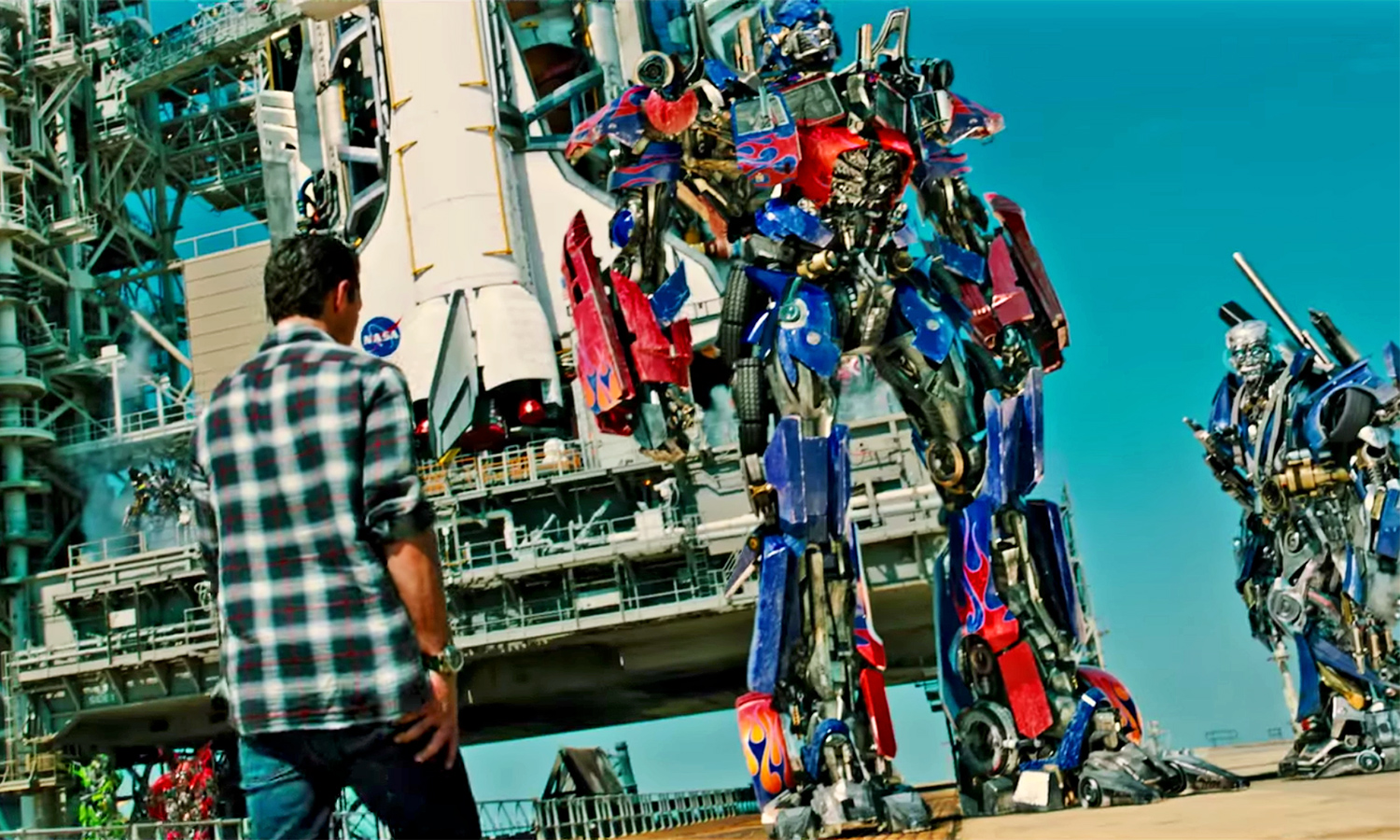
The most recent Transformers film, like its 2011 predecessor, incorporates real space technology into its action-packed chaos.
"Transformers: The Last Knight" grossed a franchise low of $73.2 million after its opening June 21, prompting some to worry if this bodes poorly for the franchise's future, according to the Hollywood Reporter. But as fans discuss what went so wrong with the concept, the real-world space gear that makes an appearance forms a small, bright point in the film.
The International Space Station and Hubble Space Telescope are among the familiar space names cited in "The Last Knight," and for the real space aficionados out there, the scriptwriters even throw in a joke about the space shuttle. While more details are in the following slides, we're keeping it spoiler-free for major plot points, so you can safely read on, even if you haven't seen the film.
Hubble Space Telescope
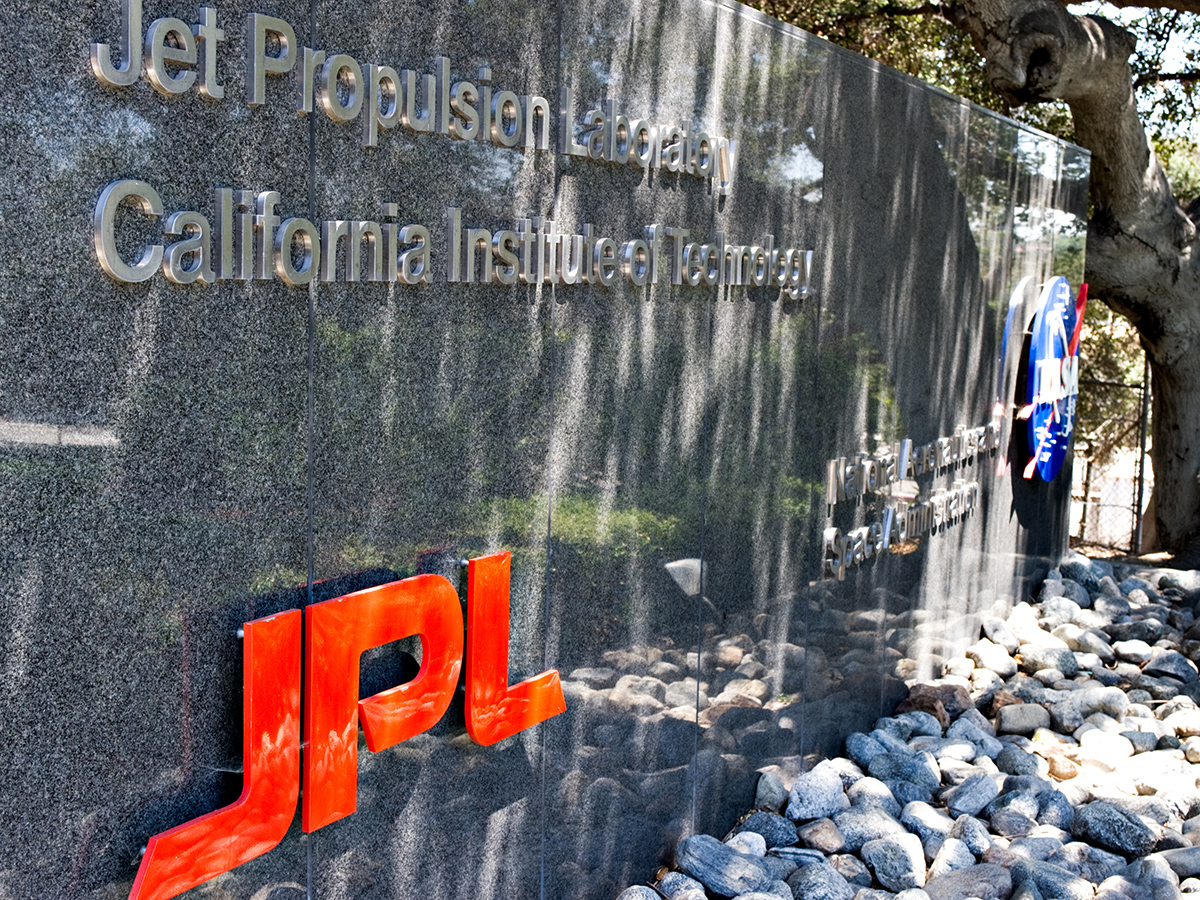
In "The Last Knight," images from the Hubble Space Telescope are used to track an imminent threat to the Earth. The images are shown briefly in a politician's office in Britain, on a television screen. The telescope has been in orbit since 1992 and is one of NASA's most famous observatories; data from the telescope has been used to determine that the universe's expansion rate is accelerating and to map galaxies from the early universe. Closer to home, Hubble has watched asteroid and comet activity, including when Comet Shoemaker-Levy 9 smacked into Jupiter in 1994. [Comet Shoemaker-Levy 9's Epic Crash with Jupiter in Pictures]
Apollo moon landings

There's a brief shot showing the site of an Apollo moon landing, including an Apollo lunar module, a flag and a spaceship (from the Transformers universe) known as the Ark. As we found out in the 2011 film, "Transformers: Dark of the Moon," the Ark landed on the moon in 1961. In the Transformers universe, the Ark is investigated after the first astronauts on the moon landed during the Apollo 11 mission in 1969. The real Apollo 11 mission was a quick scientific reconnaissance of the moon rocks at the Sea of Tranquility, as well as a technological demonstration that humans could safely land and run a mission on the moon. The Apollo moon program concluded in 1972 after six successful landings and an aborted one (Apollo 13). [Lunar Legacy: 45 Apollo Moon Mission Photos]
International Space Station
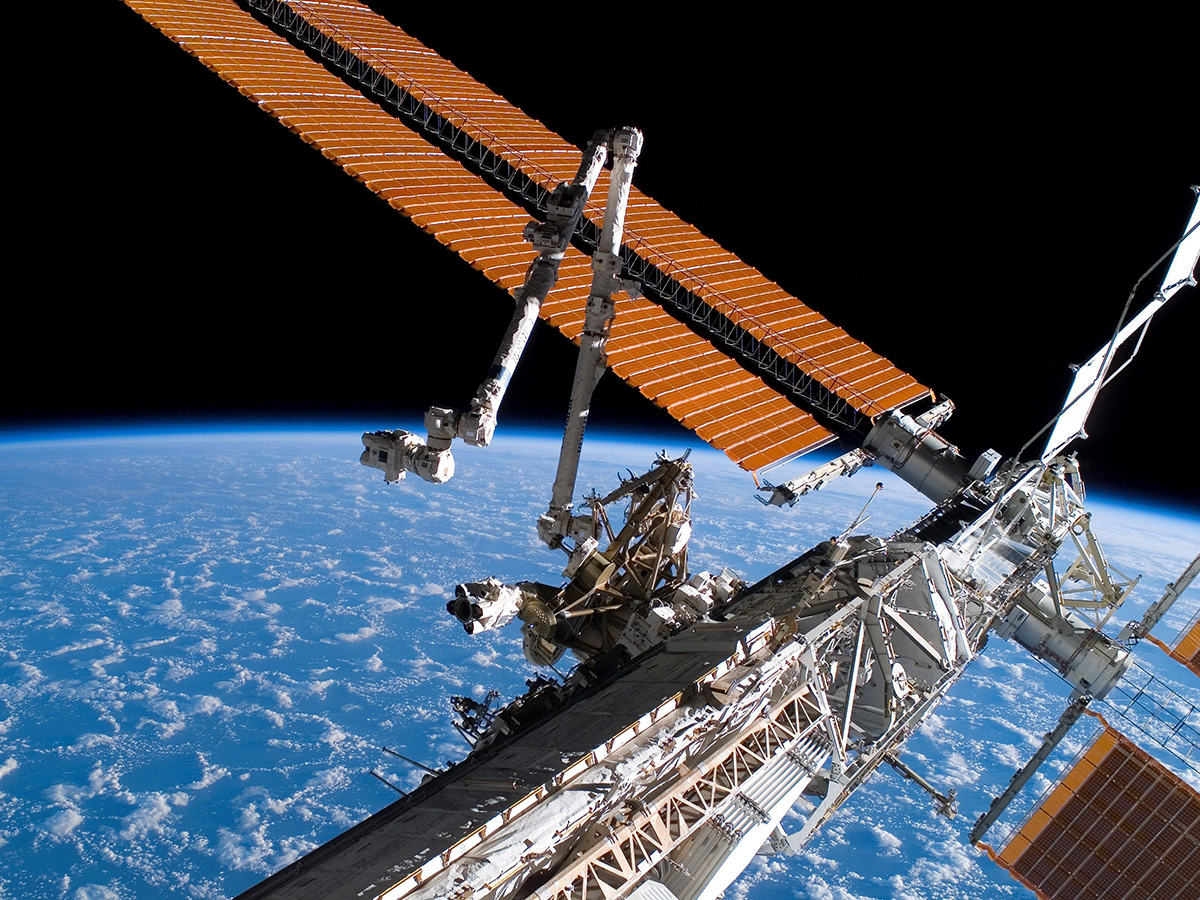
Astronauts on the International Space Station see some Transformer technology in action in the new franchise film. On the space station, viewers first see the famed robotic Canadarm2, which is used to grapple cargo spacecraft and other large objects. There also is a view through the Cupola, a seven-window wraparound observatory that astronauts use in real life for photography and to do spacecraft berthings. The space station has been occupied by humans for nearly 17 years, since the arrival of Expedition 1 in 2000. Most crews today number six astronauts, with Americans, Russians and a range of crewmembers from other nations on board.
NASA's Jet Propulsion Laboratory
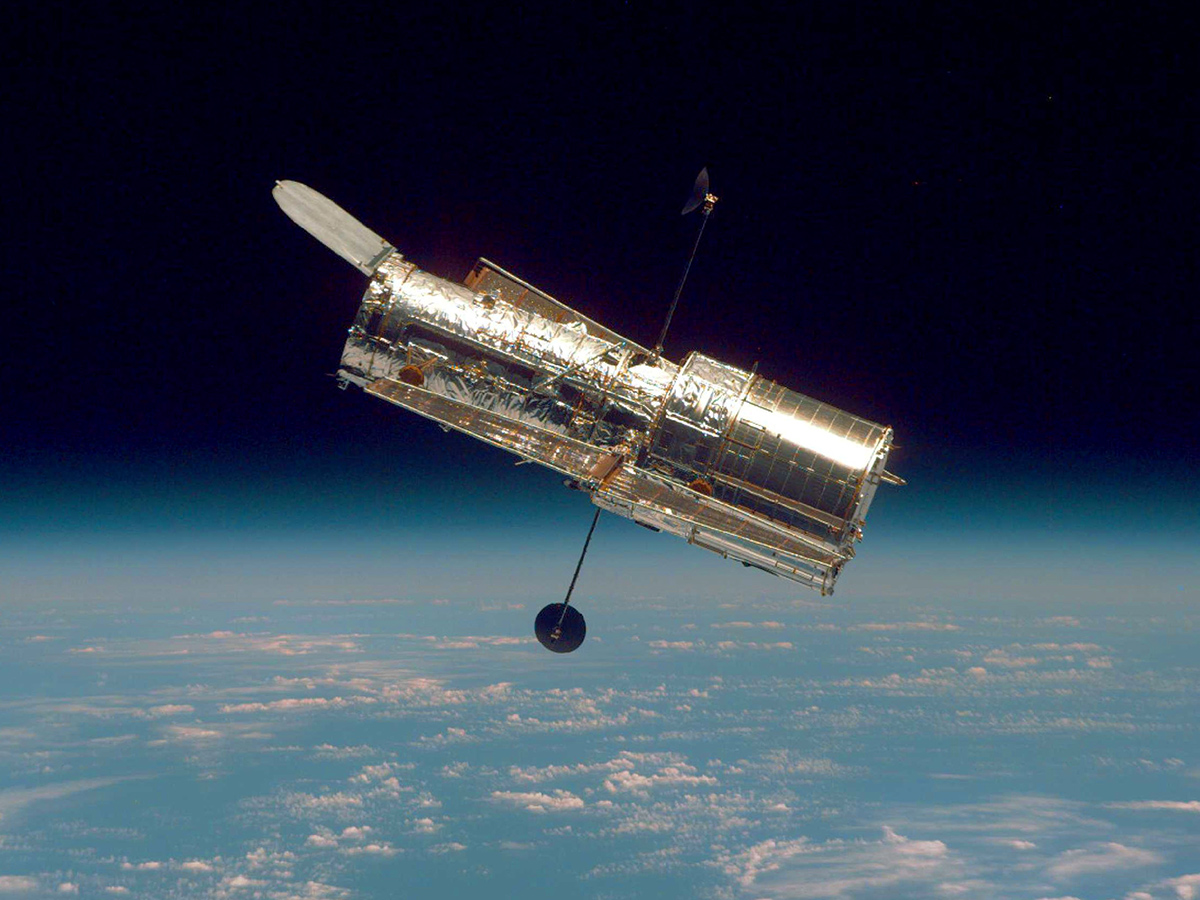
Most of the space action occurs at NASA''s Jet Propulsion Laboratory, which is best-known for its robotic exploration of the solar system through missions such as Cassini; finishing up a mission at Saturn; and New Horizons, which recently passed Pluto.
At JPL, an unnamed engineer (Tony Hale) sees a looming threat to Earth out in the cosmos. Trouble is, nobody believes him at first. Notably, NASA's "meatball" logo appears in the film, which shows that the agency reviewed the script and approved of the use of NASA insignia — which isn't always granted: The movie "Life" had an alternate logo.
European Space Agency
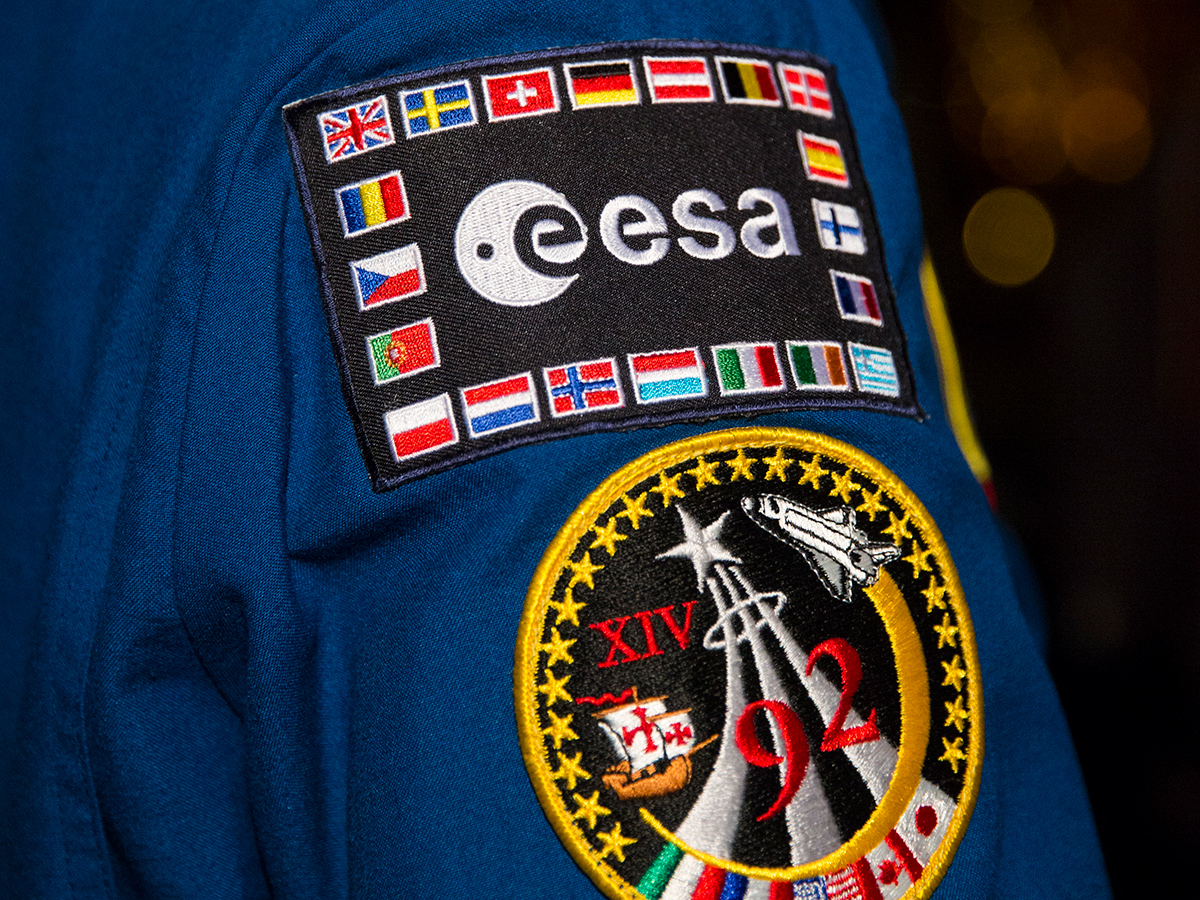
The European Space Agency (ESA) is featured several times in "The Last Knight," which is unusual for an American franchise film: Operations at an ESA control center are briefly shown, the Hubble images are credited as coming from ESA (a partner in Hubble) and an ESA image from an unidentified satellite is used to look at a thermal anomaly on Earth. In real life, ESA is an intergovernmental organization with 22 member states. After the United States and Russia, it is the third-largest partner on the International Space Station and has contributed several laboratories, launchers and cargo ships to the orbiting complex.
Deep Space Network

During "The Last Knight," a very quick video at JPL's Space Flight Operations Facility shows an animation of satellite data flowing into the Deep Space Network. The DSN is a network of three telescopes located in California, Spain and Australia that communicate with missions in deep space. It is perhaps most famous for staying in touch with the two Voyager spacecraft that (between the two missions) flew past Jupiter, Saturn, Uranus and Neptune in the 1980s and 1990s. In 2012, Voyager 1 sent data back to the DSN indicating that it was the first probe to reach interstellar space. (That fact took another year to be recognized, however.)
Shuttle Carrier Aircraft (at NASA headquarters)
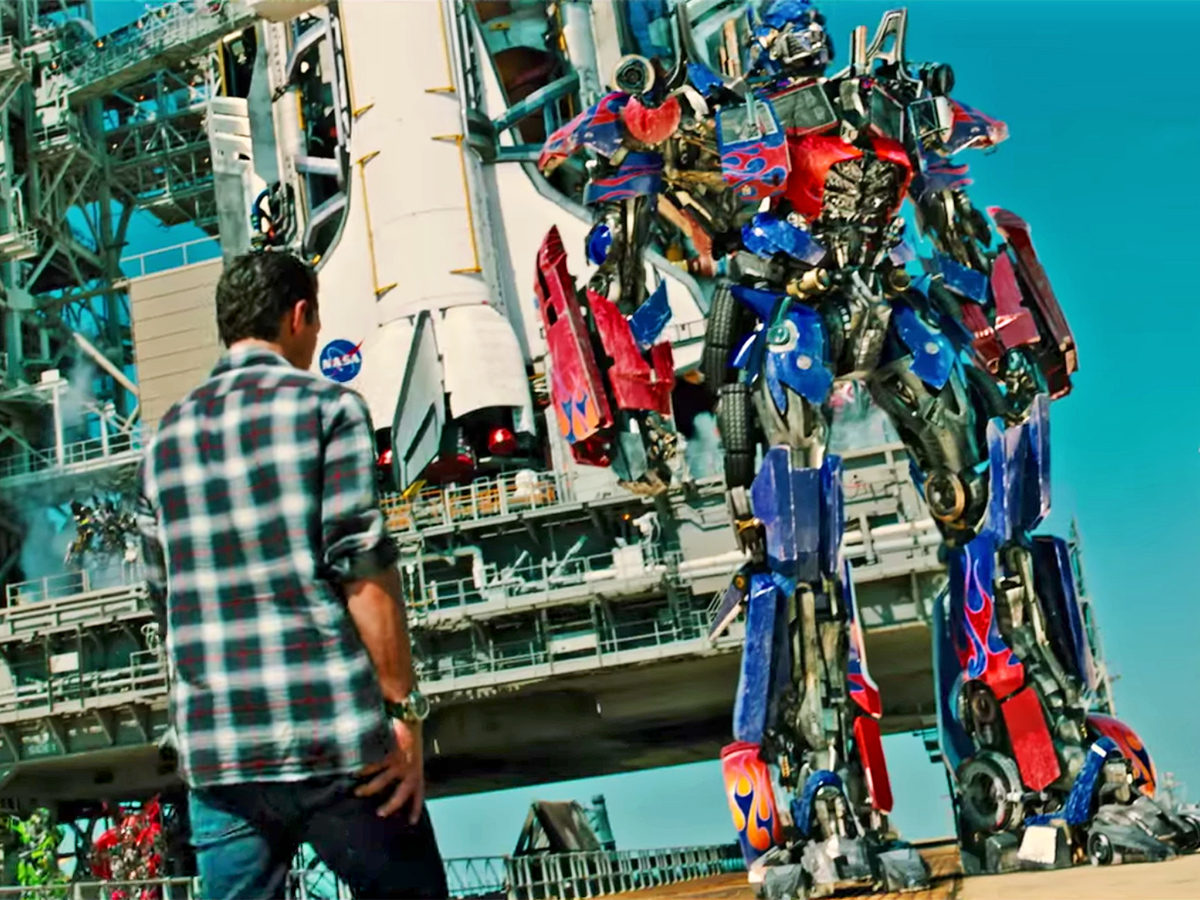
One scene during "The Last Knight" likely takes place at a NASA headquarters executive's office: The shot is identified as taking place in Washington, D.C. — and the office clearly has a NASA flag hanging in the background. During the scene, one person picks up a model of the space shuttle on top of an aircraft and asks how that combination could possibly fly. The improbable actually did happen dozens of times, however, as the Shuttle Carrier Aircraft — an extensively modified Boeing 747 — successfully and regularly flew the space shuttle from landings in California to the shuttle's processing facilities at the Kennedy Space Center in Florida.
After the program's completion in 2011, the SCA ferried the four remaining shuttles (Discovery, Endeavour, Atlantis and test shuttle Enterprise) to museums across the United States. Then, the two SCAs were retired; one was used for parts for NASA's Stratospheric Observatory for Infrared Astronomy (SOFIA), while the other was preserved intact for display at the Joe Davies Heritage Airpark in California. [Now Boarding: Inside NASA's Boeing 747 Shuttle Carrier Aircraft]
Join our Space Forums to keep talking space on the latest missions, night sky and more! And if you have a news tip, correction or comment, let us know at: community@space.com.
Get the Space.com Newsletter
Breaking space news, the latest updates on rocket launches, skywatching events and more!

Elizabeth Howell (she/her), Ph.D., was a staff writer in the spaceflight channel between 2022 and 2024 specializing in Canadian space news. She was contributing writer for Space.com for 10 years from 2012 to 2024. Elizabeth's reporting includes multiple exclusives with the White House, leading world coverage about a lost-and-found space tomato on the International Space Station, witnessing five human spaceflight launches on two continents, flying parabolic, working inside a spacesuit, and participating in a simulated Mars mission. Her latest book, "Why Am I Taller?" (ECW Press, 2022) is co-written with astronaut Dave Williams.
